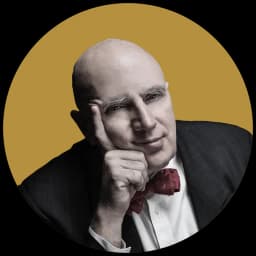Home Is Where Bryce Edwards Is
Bright-eyed and bushy tailed, the 22-year-old singer and multi-instrumentalist is full of the youthful optimism we associate with the leading men of the Jazz Age, on which he focuses his show.

‘The Bryce Edwards Frivolity Hour’
Don’t Tell Mama, New York City
Please check your email.
A verification code has been sent to
Didn't get a code? Click to resend.
To continue reading, please select:
Enter your email to read for FREE
Get 1 FREE article
Join the Sun for a PENNY A DAY
$0.01/day for 60 days
Cancel anytime
100% ad free experience
Unlimited article and commenting access
Full annual dues ($120) billed after 60 days

